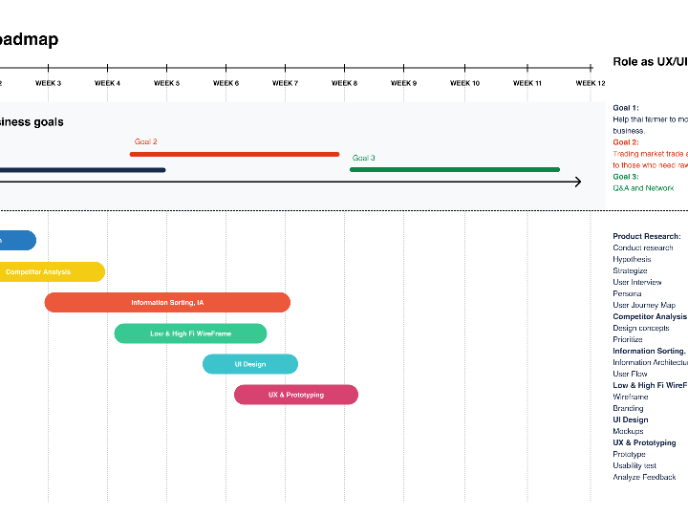Product Lifecycle Management
Product lifecycle management covers every stage of a product, from idea to realization, helping teams plan, scale, and execute the plan effectively.
Product Lifecycle Management
What is Product Lifecycle Management?
Products lose momentum in the market without clear strategies for evolution, enhancement, or retirement decisions, leading to declining revenue and uncertain investment priorities across your product portfolio.
Most companies manage products reactively through market stages instead of proactively planning lifecycle strategies that optimize value creation, resource allocation, and strategic positioning throughout each product's market journey.
Product lifecycle management is the strategic oversight of products from conception through retirement, encompassing development, launch, growth, maturity, and decline phases with specific strategies for maximizing value creation, market positioning, and resource optimization at each lifecycle stage.
Companies with strong product lifecycle management achieve 23% higher profitability, 18% longer product lifecycles, and better portfolio performance because they optimize strategies for each lifecycle phase rather than using one-size-fits-all approaches.
Think about how Apple manages iPhone lifecycle through planned obsolescence, feature evolution, and market segmentation that extends product life while encouraging upgrades, or how pharmaceutical companies plan patent expiration and generic competition strategies years in advance.
Why Product Lifecycle Management Matters for Product Success
Your products experience declining performance without strategic responses appropriate to their lifecycle stage, leading to missed opportunities for lifecycle extension, poor resource allocation, and reactive decision-making during critical transition periods.
The cost of poor lifecycle management accumulates over time. You get shortened product lifecycles, suboptimal revenue extraction, misallocated development resources, competitive vulnerability during lifecycle transitions, and portfolio imbalance across lifecycle stages.
What strategic lifecycle management delivers:
Longer product lifecycles through proactive strategies that extend growth phases, optimize maturity stage performance, and delay decline through innovation, repositioning, or market expansion.
When you understand lifecycle dynamics, you can make strategic moves that keep products competitive longer rather than watching them slowly become obsolete.
Better resource allocation by matching investment strategies to lifecycle stages: heavy investment during growth, profit optimization during maturity, and strategic decisions about decline management or revitalization.
Enhanced strategic planning through understanding of portfolio lifecycle balance and timing of new product introductions that maintain overall business growth and revenue stability.
Improved competitive positioning as lifecycle strategies anticipate market changes and competitive responses rather than reacting to declining performance after problems become apparent.
Optimized profitability through stage-appropriate pricing, marketing, and operational strategies that maximize value creation throughout each product's market journey.
Advanced Product Lifecycle Management Strategies
Once you've established basic lifecycle management, implement sophisticated optimization and portfolio coordination approaches.
Predictive Lifecycle Analytics: Use data analysis and market modeling to forecast lifecycle transitions and optimal strategy timing rather than just reacting to performance changes.
Cross-Product Lifecycle Coordination: Manage product family lifecycles strategically, using mature product profitability to fund growth-stage investments while maintaining portfolio balance.
Lifecycle Extension Innovation: Develop systematic approaches for extending product lifecycles through feature addition, market expansion, repositioning, or business model evolution.
Platform-Based Lifecycle Management: Create product platforms that enable multiple product lifecycles while sharing development resources and market positioning investments.
Recommended resources
Courses

Introduction to Product Management

Building Agile Teams

Product Discovery
Lessons

Core Responsibilities of a Product Manager

Cross-Functional Collaboration

What is Product Management?
Exercises
Projects

Build a Product Roadmap










